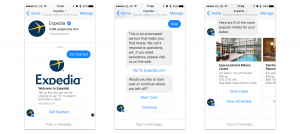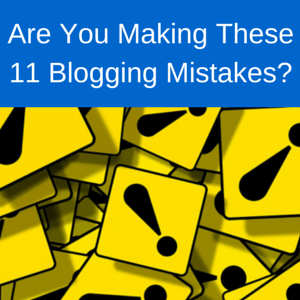Millennials adapt to new formats and screens quickly, which means marketers must constantly evolve beyond the traditional platforms of previous generations.
Nielsen describes the millennial generation as today’s “most coveted consumer demographic from a marketer engagement perspective,” and brands and agencies are investing millions in digital advertising to reach them.
Not only are millennials on pace to become the nation’s largest living adult generation in 2019, but according to the latest projections they are also wielding enormous buying power. Research shows that by this time next year, millennials may spend as much as $1.4 trillion annually.
These digital natives are using a wider range of devices in their daily lives and consuming digital content via an ever-expanding array of fragmented channels, presenting a significant challenge for marketers. What’s more, traditional mass market digital strategies are falling by the wayside as millennials continue to demand more authentic advertising experiences.
As brand marketers seek to tap into the explosive spending power of this ascending generation there are several key challenges that must be overcome to better unify the fractured digital landscape they live in and gain a deeper understanding of how to reach, engage and ultimately convert millennials in the right way.
Understanding the channels that matter
There’s no question that millennials spend a lot of their time on their mobile devices. Eight out of 10 spend at least three hours on their devices daily, and one out of five spend six hours or more per day — that’s one out of every four hours in the day, or one-third of their waking hours spent consuming mobile content. In a recent survey conducted by the Harris Poll, millennials were found to spend nearly 5x more time on a mobile device than watching live TV, which isn’t as surprising knowing that 40 percent of millennials don’t spend any time watching live TV at all. Let that sink in. More than a third of all members of this rapidly growing and valuable demographic watch zero, as in not one minute, of live broadcast television.
Live TV isn’t dead yet, but it certainly is not the paramount vehicle for millennial brand engagement. One-third of millennials have already cut the cord, and nearly half plan to get rid of cable services within the next year.
Research from Park Associates reveals that 85 percent of millennials in the U.S. subscribe to at least one OTT video service, such as (Netflix, Hulu, etc.). The reality of OTT is that brands can rethink their “TV budgets,” moving away from a one-size-fits-all approach, to one where they can have hundreds or potentially thousands of unique messages designed to engage the desires of different consumers all watching the same program.
The speed at which the millennial generation adapts to new formats and screens can be dizzying, but it also means that marketers must constantly evolve beyond the traditional platforms that may have resonated with previous generations. This includes channels that are just beginning to emerge, such as audio. Research shows that 50 percent of millennials who own voice-enabled devices talk to their smart speakers daily.
Content creators and brands looking to reach this digitally-driven generation must recognize voice as an engaging, relevant platform for reaching a more connected audience. In the not too distant future, the thought of ever using a keyboard to search for content or shop for goods or services will likely become as foreign to this generation as using a rotary telephone. This will have profound implications for how brand marketers surface content and engage consumers in new, real-time and truly relevant ways. And the good news is that early indications are very positive. Thirty-nine percent of consumers find ads on smart speakers to be more enjoyable and engaging than traditional tactics, such as banner ads or TV ad spots.
Meeting millennials where they’re at
As this generation continues to integrate digital devices into their everyday lives, they’re changing the way they shop as well. We’re now seeing this generation engage more directly with specific products they love as opposed to broadly engaging with a specific brand.
Direct-to-consumer businesses are proliferating because millennial consumers expect to be known and understood, and they want to work with companies that value their uniqueness and perceived individuality. Ultimately, millennials will opt to purchase a uniquely customized outfit from ASOS or the perfect meal from HelloFresh, rather than buying from a portfolio name that perhaps their parent’s generation once routinely shopped. Given this desire for one-on-one engagement, brands both big and small must acknowledge customer wants and needs and deliver on the types of experiences they desire before the consumer even has to ask.
Millennials have a growing expectation of authentic, personalized experiences that reach the channels they use most but at the same time it is critical not to lose sight of the fact that millennials are far from monolithic. There’s significant divergence within this group, specifically when it comes to what they expect from the brands they support.
This is why walled garden personalized advertising experiences within social channels like Twitter, Instagram and Snapchat tend to resonate so well with millennials. Data is being used to personalize ads to their interests, and advertisers go beyond just “targeting millennials” but can go much deeper in terms of recognizing an individual’s specific interests.
For brands seeking to cash in on the cresting millennial consumer wave it is no longer enough to just recognize millennials are online. Marketers must evolve their strategies to truly embrace one-to-one engagements that unlock the power of data-driven, people-based marketing, to deliver the personal and valued engagements that genuinely resonate with the world’s largest generation.
Opinions expressed in this article are those of the guest author and not necessarily Marketing Land. Staff authors are listed here.
Marketing Land – Internet Marketing News, Strategies & Tips
(32)






